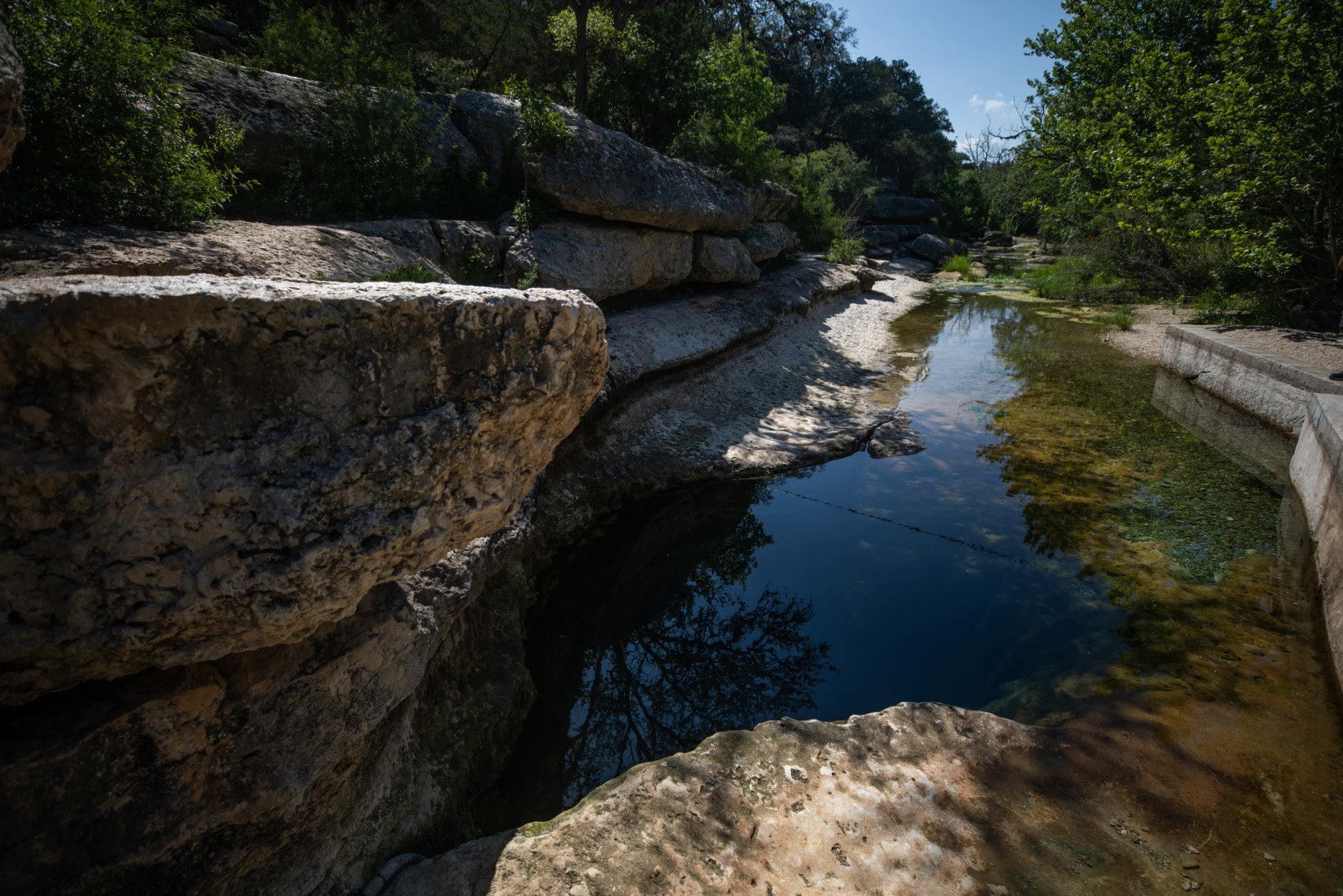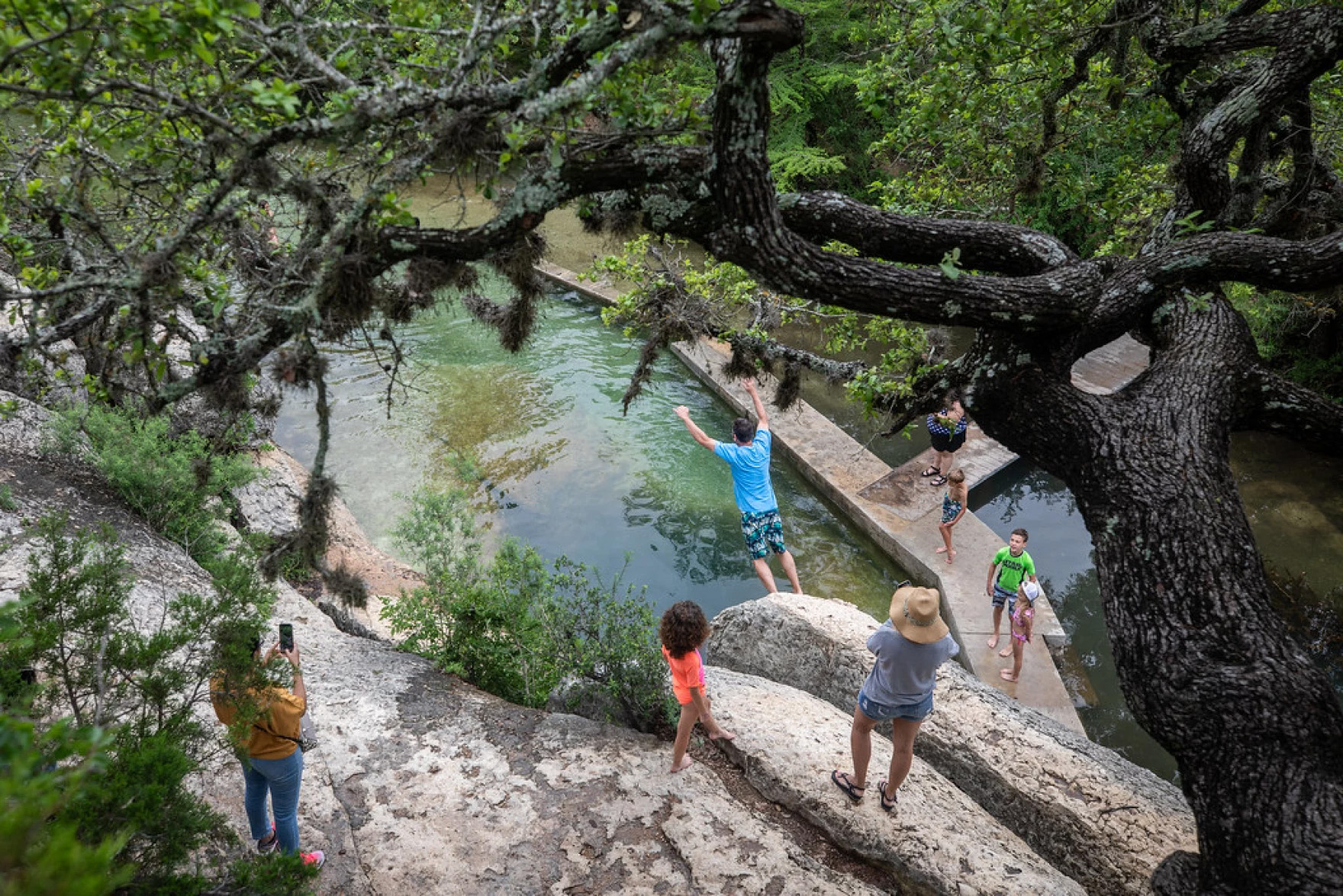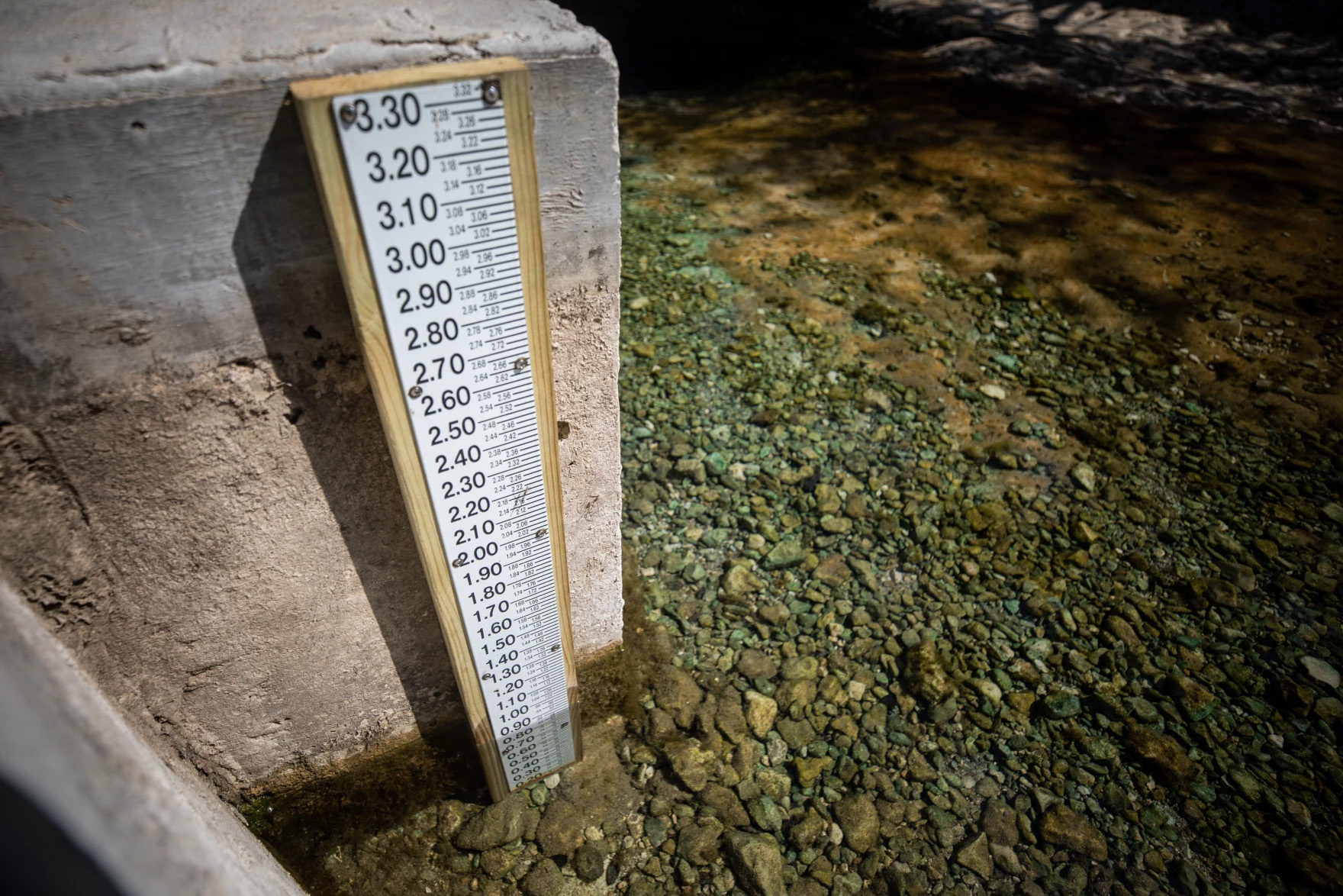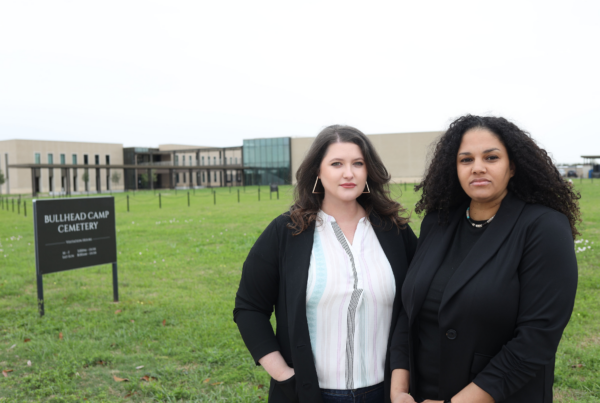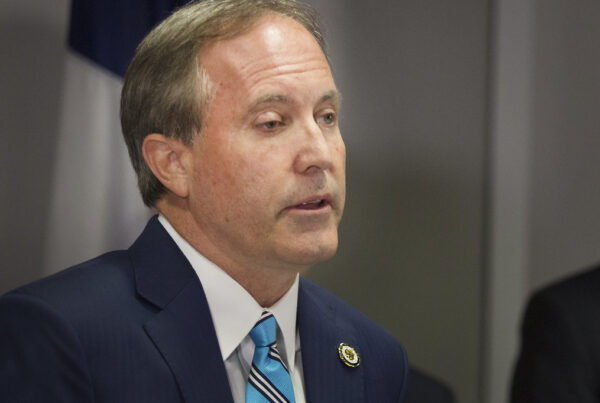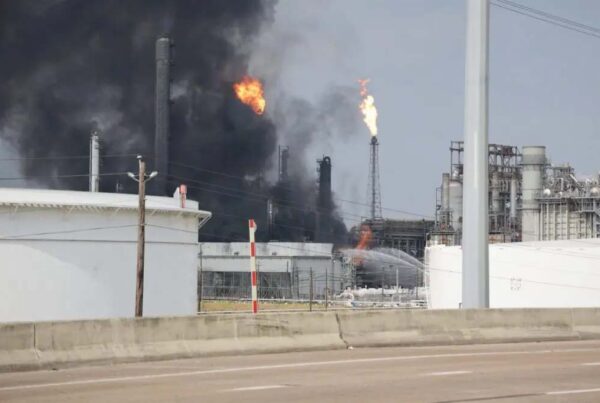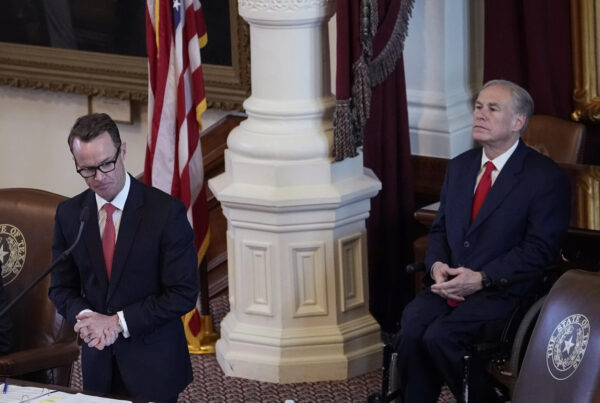From KUT:
David Baker stood on a pier at Jacob’s Well, a natural springs watering hole in Wimberley, and pointed to the dark hole where the pool’s water comes from.
“There are stories that there was once a 2-foot head on this where the water was bubbling out, almost like a fountain,” he said. “You would try to swim down and it would push you back up.”
He points to a white line at the other end of the watering hole, far above where the water sits.
“You can see the water levels right there,” he said. “It’s supposed to be about 3 feet higher.”
Baker first moved to the area in the ’80s and raised his kids in a house at Jacob’s Well. He said the watering hole was practically in his backyard.
“When I saw the well for the first time, I walked down the steps and went around the corner and the hair on the back of my arms stood up,” he said. “And I said, ‘This is my place; this is where I’m supposed to be.’”
Baker said he’s seen the water at Jacob’s Well rise during floods and fall during droughts, but things haven’t been looking too good lately.


